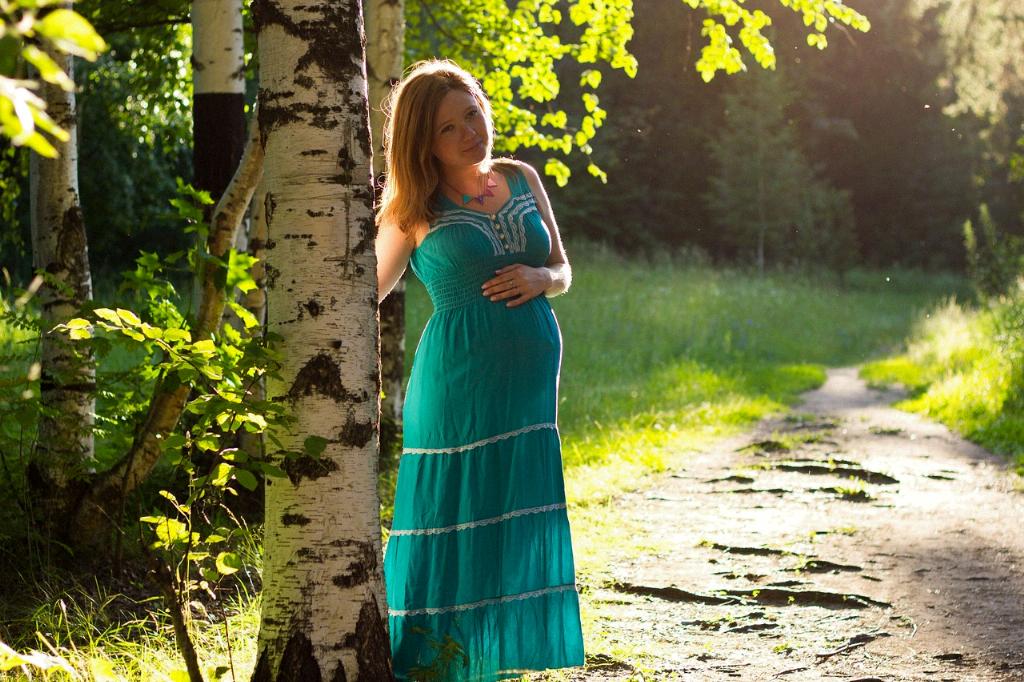When we delve into the fascinating world of mammalian reproduction, we encounter a remarkable spectrum of gestational lengths. One of the most intriguing questions that often piques curiosity is: What is the shortest mammal pregnancy?
As we embark on this journey of discovery, it is essential to note that the duration of gestation varies significantly across mammalian species. From the remarkably swift gestation of the Virginian opossum to the lengthy process observed in the Indian elephant, the diversity in reproductive timelines is truly awe-inspiring.
The Virginian opossum, a remarkable creature native to North America, holds the distinction of possessing the shortest known gestation period among mammals. Astonishingly, the female opossum’s gestation lasts a mere 12 days. This brief window of pregnancy sets it apart as an anomaly in the mammalian kingdom.
Despite its diminutive size and seemingly rapid reproductive process, the Virginian opossum’s ability to nurture and develop its offspring within such a condensed timeframe is nothing short of remarkable. Nature’s adaptive mechanisms never fail to astound us with their efficiency and elegance.
In stark contrast to the Virginian opossum’s swift gestation, we encounter the majestic Indian elephant, known for its extended period of pregnancy. Spanning approximately 22 months, the gestation of the Indian elephant stands as a testament to the diverse adaptations that have evolved in the realm of mammalian reproduction.
As we reflect on the incredible diversity of gestational lengths observed in mammals, it becomes evident that each species has undergone a unique evolutionary journey shaped by environmental pressures and biological imperatives. The variation in pregnancy durations underscores the adaptability and resilience inherent in the natural world.
While the Virginian opossum embodies the concept of rapid reproduction and quick succession of offspring, the Indian elephant’s extended gestation reflects a different set of evolutionary strategies aimed at ensuring the survival and wellbeing of its progeny in challenging environments.
Through the lens of comparative biology, we gain valuable insights into the intricate interplay between reproductive strategies and ecological niches. The diversity of gestational lengths serves as a testament to the adaptive flexibility exhibited by mammals across varied habitats and lifestyles.
From the brilliant hues of the tropical rainforest to the vast expanses of the savannah, mammals have evolved diverse reproductive tactics to navigate the complex tapestry of life on Earth. The spectrum of gestational periods reflects the intricate dance of survival and reproduction played out in the natural world.
As we contemplate the wonders of the animal kingdom and the nuanced intricacies of mammalian reproduction, we are reminded of the sheer diversity and complexity that define the evolutionary landscape. The shortest mammal pregnancy offers a glimpse into the remarkable adaptations that have shaped life on our planet.
In conclusion, the Virginian opossum stands out as a fascinating example of rapid reproduction, showcasing nature’s ability to optimize processes for efficiency. The contrast with the Indian elephant’s lengthy gestation highlights the remarkable range of reproductive strategies employed by mammals to ensure the continuation of their species in an ever-changing world.
Through exploring the mysteries of mammalian gestation, we gain a deeper appreciation for the rich tapestry of life on Earth and the incredible diversity that underpins the survival of countless species. The shortest mammal pregnancy illuminates the intricate web of adaptations woven by evolution, offering a glimpse into the awe-inspiring complexity of the natural world.

